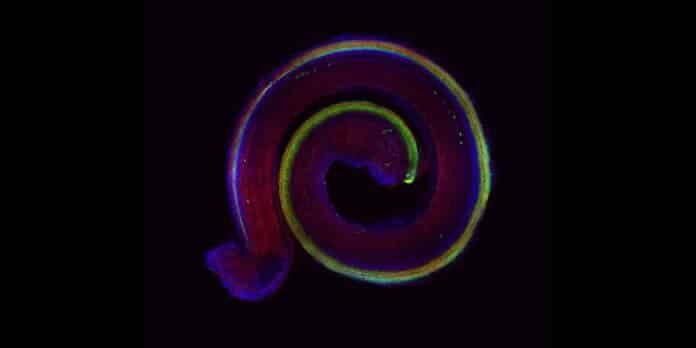Hearing loss is a prevalent and often debilitating condition affecting millions worldwide. Researchers and medical professionals have been striving to find effective therapies to address various forms of hearing impairment for years. Recent breakthroughs in the field have provided promising insights and potential solutions for hearing loss. This new study from the University of Basel explores the latest discoveries and how they pave the way for innovative hearing loss therapies.
Almost everyone will experience hearing loss at some point. It happens because loud sounds and getting older can harm the tiny cells in your ears that help you hear. Right now, the only way to help is by using a hearing aid or, in severe cases, a cochlear implant.
Dr. Maurizio Cortada from the Department of Biomedicine at the University of Basel and University Hospital Basel explains, “To develop new therapies, we need to understand better what the auditory sensory cells need for proper function.”
Cortada and Professor Michael N. Hall’s team joined forces to study the inner ear’s “hair cells.” They found a vital signal pathway called mTORC2-signaling, crucial for cell growth and structure but hadn’t been studied in these hair cells before.
They experimented on mice by removing an essential gene related to this pathway in their ear hair cells. The result was that the mice lost their hearing over time. By the time they were twelve weeks old, they couldn’t hear anything anymore. This discovery was reported in the journal iScience.
Upon closer examination, researchers found that when the mTORC2 signaling pathway was missing, the tiny “hairs” on sensory cells in the inner ear that help us hear got shorter. These “hairs” are essential for turning sounds into nerve signals. Also, the connections that send signals to the hearing nerve were reduced.
They also discovered that as people age, the production of essential proteins in this pathway decreases. This might be connected to the loss of connections and the decline in hearing ability as we age.
If this connection is confirmed, it could be a starting point for new treatments. Researchers could use medicines or gene therapies that are easy to apply directly to the middle and inner ear. These findings may open the door to new ways to treat hearing loss.
In conclusion, recent findings related to mTORC2’s regulation of auditory hair cell structure and function offer exciting prospects for developing hearing loss therapies. While there is still much work to be done, these discoveries represent a significant step forward in pursuing effective treatments for hearing impairment. As research in this field continues to evolve, it brings us closer to a future where hearing loss can be effectively managed and potentially reversed.
Journal Reference:
- Maurizio Cortada, Soledad Levano, et al., mTORC2 regulates auditory hair cell structure and function. iScience. DOI: 10.1016/j.isci.2023.107687.
